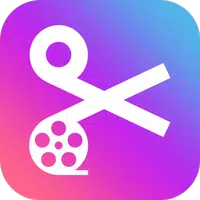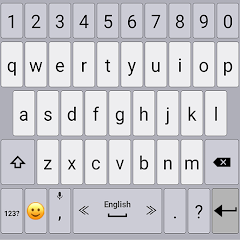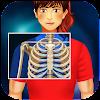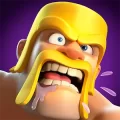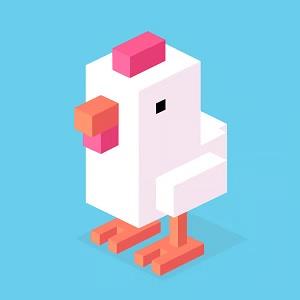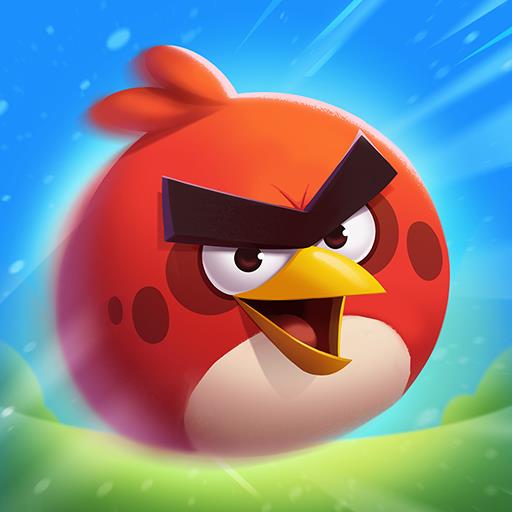"Switch 2: A Major Leap in Accessibility Design for Nintendo"
After months of intense speculation, rumors, and leaks, Nintendo fully unveiled the Switch 2 with its own Direct. Not only did we receive trailers for new games like Mario Kart World, Donkey Kong Bonanza, and even Nintendo GameCube games exclusive to Switch 2 Online, but perhaps more importantly, we got a good look at the system itself. From an accessibility perspective, I'm thrilled to report that the Switch 2 is undoubtedly an upgrade to its predecessor in almost every way.
Several months ago, I explored my accessibility predictions for Nintendo's latest console. I wanted more robust accessibility offerings, better usage of Joy-Con controllers, and unique inclusive design practices. To my surprise, Nintendo answered every wish and even went beyond, providing exciting and confirmed accessibility features for the Switch 2.
New Accessibility Settings
The Direct offered limited tangible accessibility options, aside from fully customizable controls for each virtual GameCube game, which respect the system settings. Instead, Nintendo released an accessibility page detailing a bevy of returning and new features.
Fully customizable controls are back, functioning just like the original Switch. The ability to adjust text size to three different variants also returns, with the added capability to implement High Contrast and change general display colors. The Zoom functionality, essential for blind/low vision players, makes a comeback as well. However, Nintendo's biggest surprise is the new "Screen Reader" setting.
Blind/low vision individuals often rely on Text-to-Speech to navigate menus and settings. While the Screen Reader is only available for the HOME menu and system settings, it's a vital tool, enabling disabled players to navigate the Switch 2 independently. The feature comes with options to choose different voices, read speeds, and volume levels. Although we don't yet know if individual games will support these tools or offer their own accessibility features, Nintendo's acknowledgment of their disabled audience is a welcome sign and piques my interest in the future of accessibility at the company.
Innovative Design
While not within a specific menu, Nintendo advertised a new inclusive tool that adds depth to a beloved franchise and vastly improves cognitive, physical, and blind/low vision accessibility. Within the renamed Nintendo Switch App, the Zelda Notes companion app for Breath of the Wild and Tears of the Kingdom features a Navigation option. Players can locate shops, areas of interest, and even elusive Koroks within the app's GPS-like UI. With audio cues and voices, the app directs players to the exact location of their selected object. Though not perfect—it doesn't assist with precise navigation or enemies—it helps blind/low vision individuals navigate the overworld and reduces cognitive overload when traveling across vast worlds.
For cognitive, blind/low vision, and physically disabled players, the app also includes the Autobuild Sharing tool, which lets players share custom Zonai tech creations. By scanning a QR code, disabled individuals can automatically build a Zonai machine if they have the corresponding materials. This feature alleviates the struggle with control layouts and required buttons to build Zonai machinery in Tears of the Kingdom. Now, I only need to worry about gathering materials, not the building process itself. This is a testament to Nintendo's commitment to inclusive design, which I've praised in the past.
Additionally, disabled individuals can share items through Item Sharing, similar to Autobuild Sharing. By scanning a QR code, I can immediately access items sent by friends, reducing physical strain from continuously searching the world for weapons and food. While this doesn't make Breath of the Wild and Tears of the Kingdom fully accessible, it's a significant step forward.
Wheelchair Sports
The biggest surprise for me was the announcement of Drag X Drive, a Rocket League-esque game where players control characters in manual wheelchairs on a basketball court. This announcement not only showcases proper disability representation but also highlights one of the Switch 2's few new hardware changes—mouse control.
By flipping the Joy-Con on its side, players can move the controller across any surface, making it behave like a computer mouse. While we don't yet know the force required to move the cursor, any new way to play will undoubtedly have accessibility benefits for various disabled players. It's exciting to imagine how Nintendo will utilize this feature, but more importantly, it's another tool for disabled individuals. Combined with the multitude of controller types already available on the Switch and Switch 2, Nintendo continues to innovate with controller usage.
As a Nintendo fan, I'm beyond excited for the Switch 2. While I'm hesitant to spend upwards of $450 for the system, my love of gaming began with Nintendo. With each new system, exciting accessibility additions continue to demonstrate Nintendo's commitment to accessibility and inclusive design. Although we still don't have a first-party accessible device like the Xbox Adaptive Controller and PlayStation Access Controller, Nintendo is innovating in its own way to provide new ways to play for disabled individuals. Combined with the recent announcement of Nintendo joining other developers to create standardized accessibility tags, I believe we'll see Nintendo continue to elevate accessibility for the better.
- 1 Pokemon Go’s first Community Day of 2025 will feature Sprigaito Jan 05,2025
- 2 Holiday Thief Arrives in Seekers Notes Dec 26,2024
- 3 Watcher of Realms Is Dropping New Heroes and Skins This Thanksgiving and Black Friday! Dec 30,2024
- 4 Jujutsu Kaisen Phantom Parade: Tier List Update for 2024 Dec 28,2024
- 5 How To Find and Beat the Storm King in LEGO Fortnite Jan 05,2025
- 6 PUBG Mobile's Championship Finale Nears Jan 09,2025
- 7 Goddess Of Victory: Nikke Is Dropping a New Year’s Update and Collabs with Evangelion and Stellar Blade Soon Jan 04,2025
- 8 Brok's Festive Adventure Now Available Jan 03,2025
-
Mastering the Art of Digital Tools
A total of 10
-
Hidden Gems: Unexpectedly Useful Other Apps
A total of 10
-
Top Free Adventure Necessary Games for Android
A total of 4







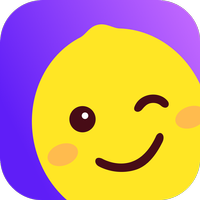



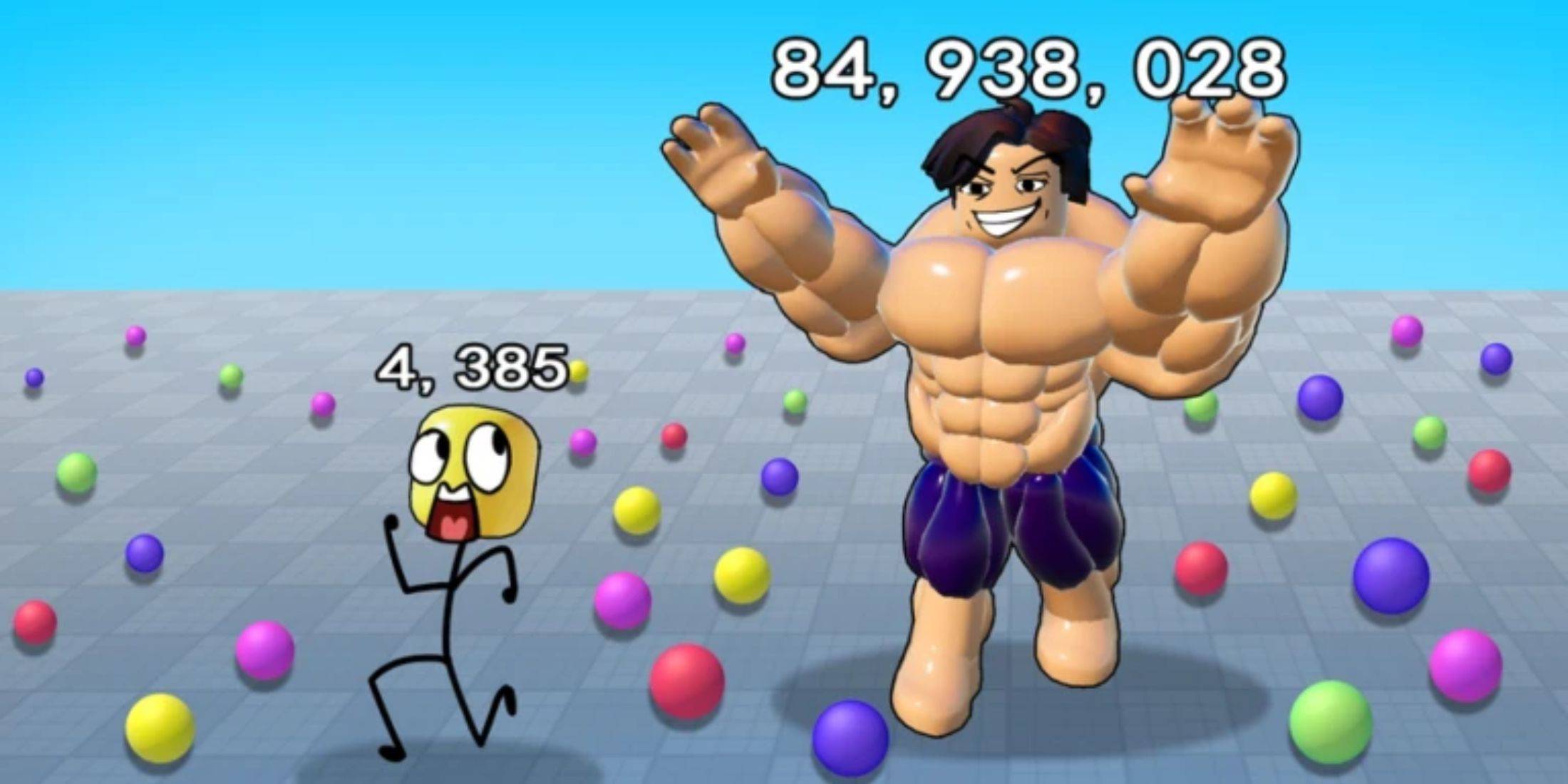
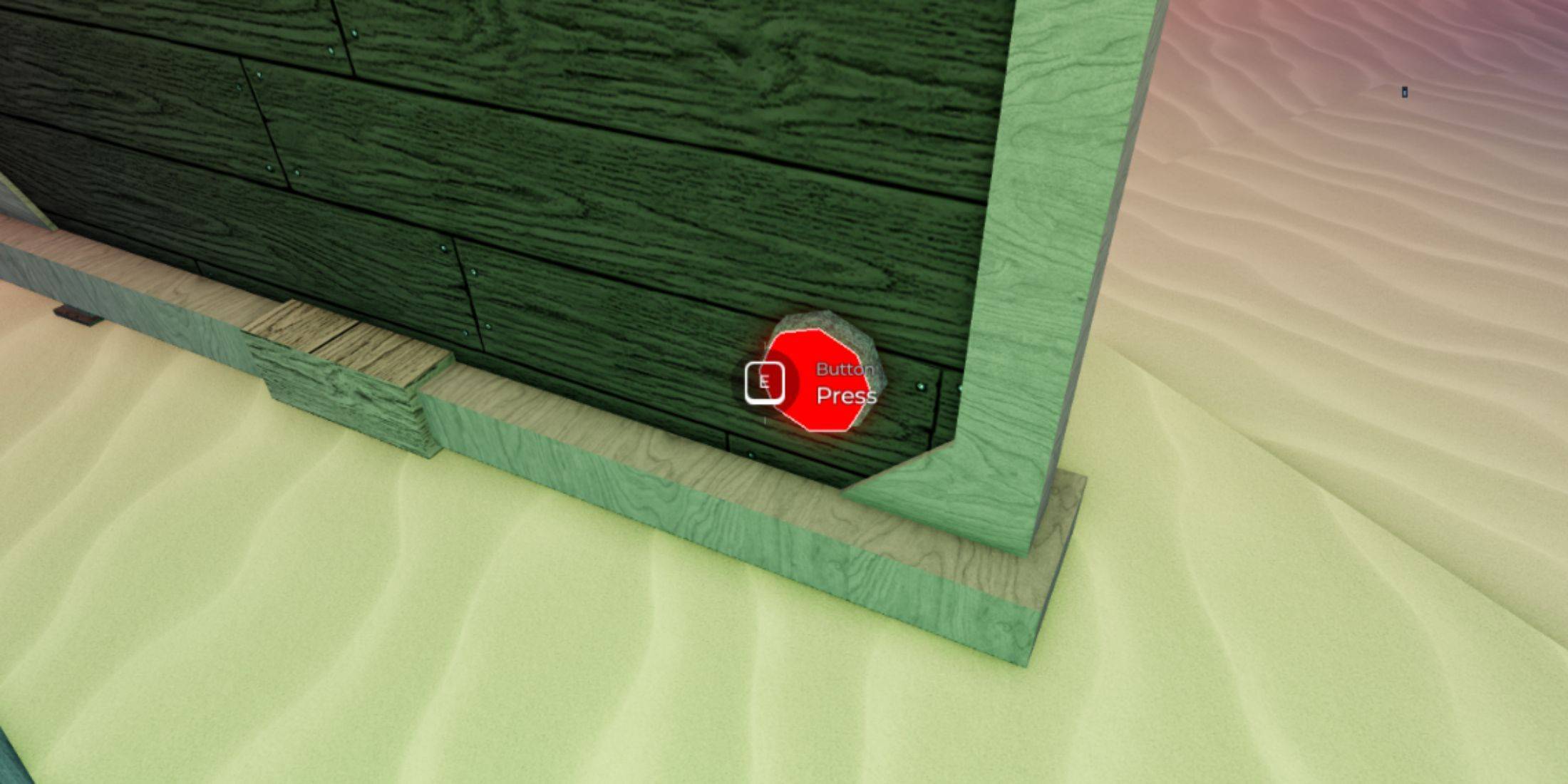
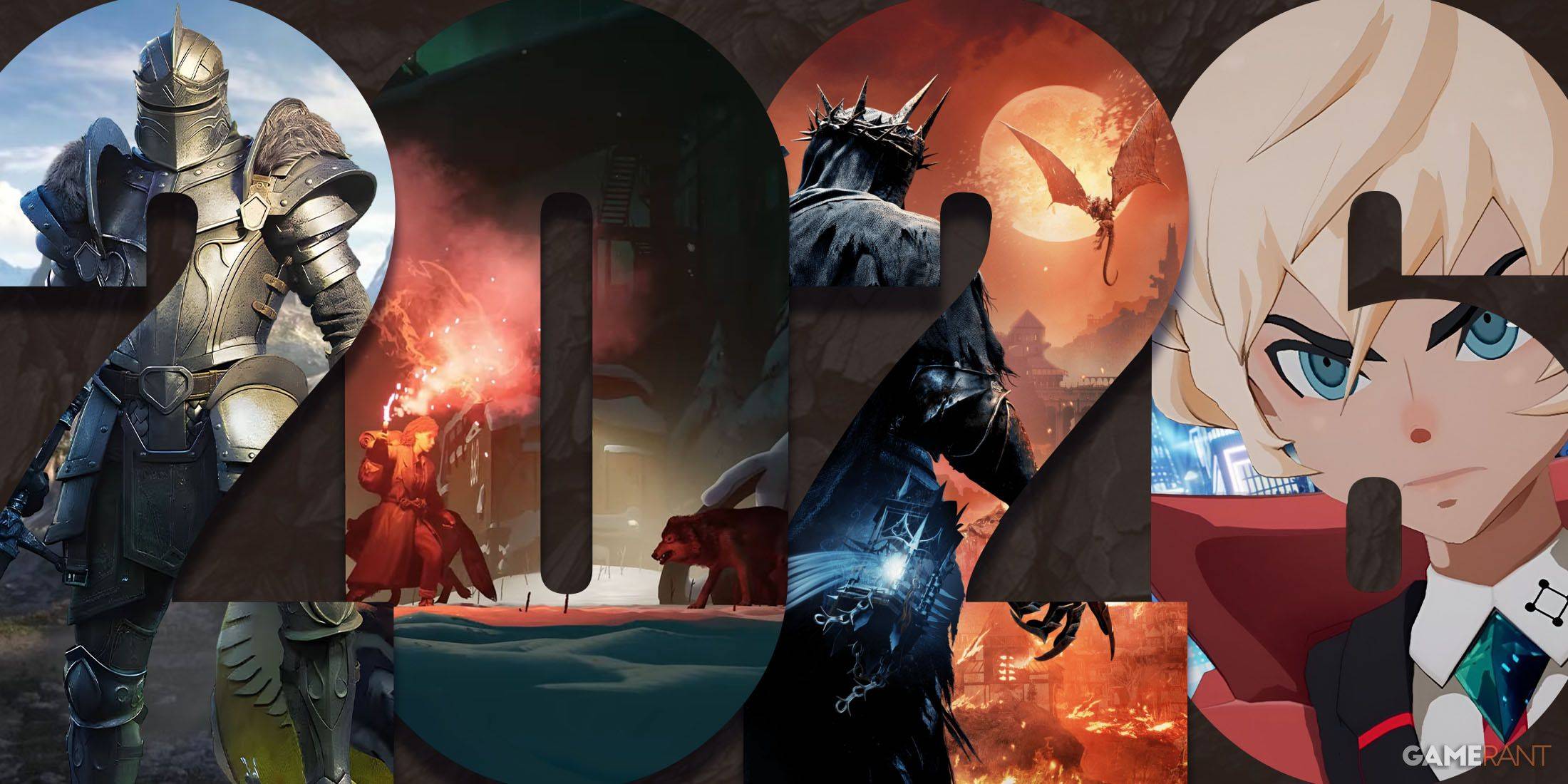
![LeMOMnade: Family Squeeze! – Version 1.1.1 [mtrellex]](https://img.3xbz.com/uploads/38/1719569762667e8d62c486e.jpg)
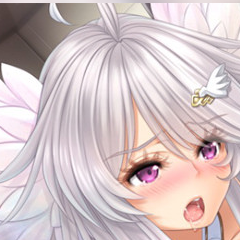


![My Cute Roommate 2 – New Version 1.0 Extra [Astaros3D]](https://img.3xbz.com/uploads/38/1719606486667f1cd652f1a.jpg)


